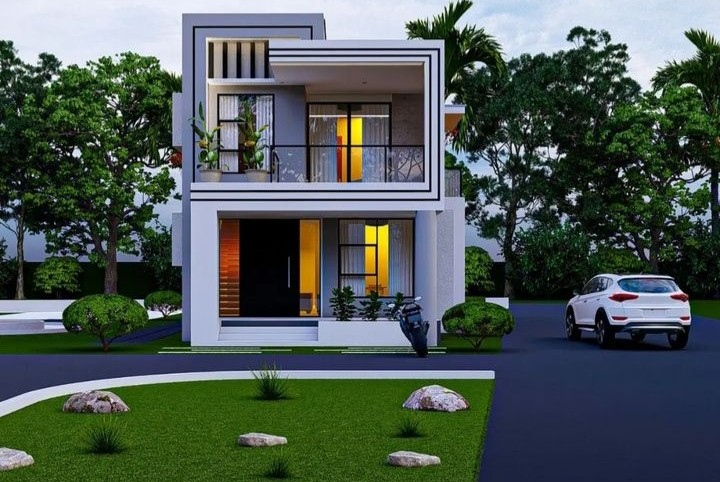
The Crucial Sequence: Architecting Before Constructing
Eric Dushime
CEO/ Chef Engineer at highl construction LCC ...ll Archicture Design ll construction ll real-estate
Introduction
In the world of construction, the old adage "measure twice, cut once" holds profound significance. The process of architectural design and planning before construction is a critical step that cannot be understated. The synergy between thoughtful architecture and skilled construction ensures not only the structural integrity of a building but also its functionality, aesthetics, and long-term viability. In this article, we delve into the reasons why it is imperative to first architect a construction project before embarking on the construction phase.
1. Clear Vision and Purpose
Architectural planning lays the foundation for a clear and cohesive vision of the project. This phase involves discussions, brainstorming, and sketching to define the purpose and objectives of the construction. Whether it's a residential house, a commercial complex, or an industrial facility, understanding the desired outcome is paramount. Architectural design helps align all stakeholders' expectations, ensuring that the construction process works towards a unified goal.
2. Optimised Functionality
A well-architected project takes into account the intended functionality of the building. Architects consider the flow of spaces, the placement of rooms, the integration of utilities, and ergonomic designs to optimize the building's functionality. This meticulous planning prevents inefficiencies and design flaws that might otherwise become apparent only during the construction phase. Moreover, it results in spaces that are not only aesthetically pleasing but also highly practical and user-friendly.
3. Resource Efficiency
The architectural phase enables meticulous consideration of resources, which is crucial in an era focused on sustainability. Thoughtful design can lead to reduced material waste, energy consumption, and environmental impact. By accounting for factors like natural lighting, ventilation, and the use of eco-friendly materials, architects contribute to a greener and more sustainable construction process.
领英推荐
4. Budget Adherence
One of the most compelling reasons to emphasize architectural planning is cost management. Well-defined architectural plans allow for accurate cost estimations, enabling better budget allocation and cost control. Architects work closely with construction professionals to create detailed plans, reducing the chances of unforeseen expenses cropping up during construction. This not only benefits the project's bottom line but also fosters a smoother working relationship between all parties involved.
5. Mitigation of Risks
Risks are inherent to any construction project, but they can be mitigated through comprehensive architectural planning. Architects analyze potential challenges, such as site conditions, zoning regulations, and structural considerations, during the design phase. Identifying these risks early on allows for informed decisions, adjustments to the design, and the implementation of strategies to manage and minimize risks.
6. Aesthetic Excellence
While functionality and efficiency are vital, aesthetics also play a significant role in architecture. Architectural design takes into account the visual impact of the structure, incorporating elements that harmonize with the surroundings and resonate with the intended style. This holistic approach ensures that the final construction not only performs well but is also visually appealing, contributing positively to its environment.
7. Streamlined Construction
Architectural plans serve as a roadmap for construction teams, streamlining the building process. Detailed plans, accurate measurements, and clear instructions reduce ambiguity and help avoid costly mistakes during construction. This leads to increased efficiency, shorter construction timelines, and better coordination among different trades involved in the project.
Conclusion
The symbiotic relationship between architectural design and construction is the cornerstone of successful building projects. Prioritizing architectural planning before embarking on construction ensures that the final result aligns with the intended purpose, optimizes functionality, adheres to budgets, minimizes risks, and upholds aesthetic standards. In an industry where precision and excellence matter, the decision to architect before constructing isn't just a recommendation – it's a necessity. As we continue to evolve in our approach to construction, let's remember that the strength of a building lies not only in the materials it's made of but in the thoughtfulness with which it was designed.
Next Trend Realty LLC./wwwHar.com/Chester-Swanson/agent_cbswan
11 个月Thanks for posting.